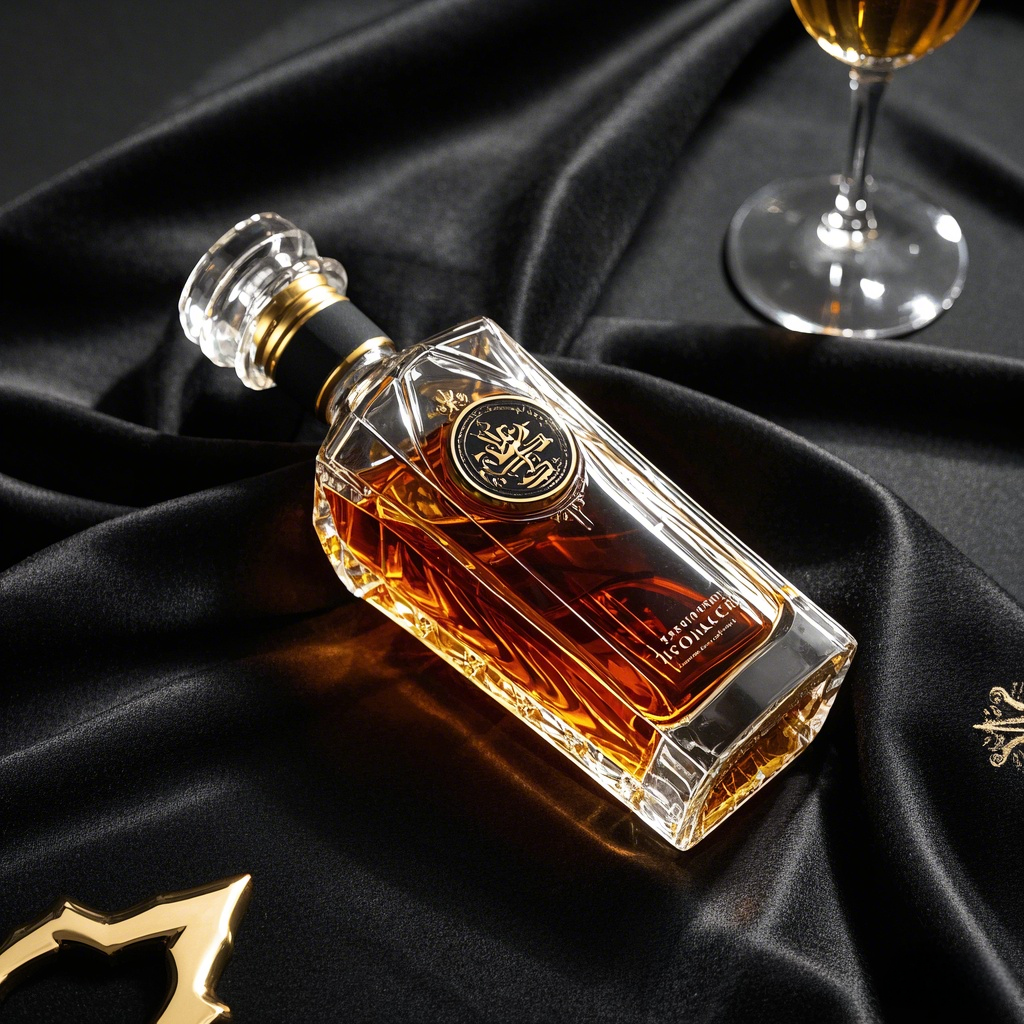Want a High-Quality Custom Whiskey Bottle? What Finishing…

The Ultimate Guide to Choosing a Custom Glass Bottle for Your Product
It is very important to choose suitable packaging Custom Glass Bottle for your winery. The main points are as follows:
I. Clarify product requirements
- Product types and characteristics
Consider the nature of the product to be packaged. For alcoholic beverages, appropriate glass bottles should be selected according to the type of wine (baijiu, wine, beer, etc.). For example, wine bottles usually need good light – blocking properties because light can affect the quality of wine, so dark – colored glass bottles are generally chosen. - Brand positioning and image
High – end brands may require beautifully designed and uniquely – shaped glass bottles to demonstrate their quality and grade. Mass – consumer brands may focus more on the practicability and cost of glass bottles and usually choose simple and common bottle shapes.
 Custom Glass Bottle
Custom Glass Bottle
II. Bottle shape design
- Ergonomics
The shape of the bottle should be convenient for consumers to hold and use. For example, the thickness of the bottleneck should be moderate to facilitate pouring the product. For large – capacity glass bottles, handles may need to be designed. - Creativity and differentiation
In a highly competitive market, unique bottle shape designs can make products stand out. Inspiration can be drawn from natural forms, geometric shapes, or cultural elements for design.
 Custom Glass Bottle
Custom Glass Bottle
III. Glass material
- Transparency and purity
High – transparency glass bottles can better display the appearance of the product. The purity of the glass is also crucial. There should be no obvious impurities or bubbles inside the bottle, as they will affect the product’s appearance and consumers’ perception of product quality. - Thickness and strength
Select glass bottles with appropriate thickness and strength according to the weight of the product and usage scenarios. For example, for products that are heavy or need to be transported over long distances, thicker and stronger glass bottles should be chosen to prevent breakage.
IV. Capacity specifications
- Market demand and consumption habits
Research the consumption habits of the target market to determine the capacity specifications. For example, in the European market, common capacities for liquor bottles are 500 ml and 700 ml, while in the American market, 500 ml and 750 ml are more common.
For gift – type products, large – capacity or special – capacity limited – edition bottles may be chosen to enhance the product’s value. - Cost considerations
Large – capacity glass bottles have higher costs in production and transportation. Consider production costs, transportation costs, and storage costs comprehensively to choose appropriate capacity specifications. For example, smaller – capacity glass bottles can be loaded in greater quantities per unit space during transportation, thus reducing transportation costs.
V. Production processes
- Forming processes
There are two main methods: hand – blowing and machine – blowing. Hand – blown glass bottles have unique artistic value, but they have higher costs and lower production volumes, suitable for high – end and limited – edition products. Machine – blown bottles have high efficiency, low cost, and stable quality, suitable for mass – produced products. - Surface treatment processes
Common surface treatment processes include frosting, decal – firing, and spraying. The frosting process can give the bottle body a soft texture, suitable for skin – care products, etc.; the decal – firing process can print beautiful patterns and words on the bottle body, commonly used for wine and cosmetics bottles; the spraying process can achieve various color effects.
 Custom Glass Bottle
Custom Glass Bottle
VI. Packaging and transportation
- Packaging methods
Choose appropriate packaging materials and methods to protect glass bottles from damage during transportation and storage. For example, use buffer materials such as foam plastic and corrugated paper for packaging, or use pallets for containerization to improve transportation efficiency and safety. - Transportation conditions
Select appropriate transportation methods such as road, railway, and sea transportation according to the characteristics of glass bottles and transportation distances, and consider factors such as temperature, humidity, and vibration during transportation and take corresponding protective measures.
 Custom Glass Bottle
Custom Glass Bottle
VII. Cost budget
- Customization costs
This includes bottle – shape design fees, mold fees, glass raw material fees, production processing fees, surface treatment fees, etc. Before customization, understand each expense in detail and negotiate with suppliers to obtain a reasonable price. - Cost – performance evaluation
Comprehensively consider factors such as the quality, design, and process of glass bottles as well as costs, and choose a customized plan with high cost – performance. Do not simply pursue low cost while ignoring product quality and brand image.
VIII. Hiking Glass Bottle
Hiking glass bottle manufacturer with over 10 years of international trade experience. We specialize in designing and producing custom glass bottles, with a complete production process from designing to mold making. Our company has 14 production lines more than 500 skilled workers and a daily production capacity of 800,000 glass bottles.
We also offer a range of decoration options, including screen printing, decal, color spraying,frosting, and electroplating. At Heze Hiking Packging Co., Ltd.,we take pride in our commitment to providing excellent service to all customers.



